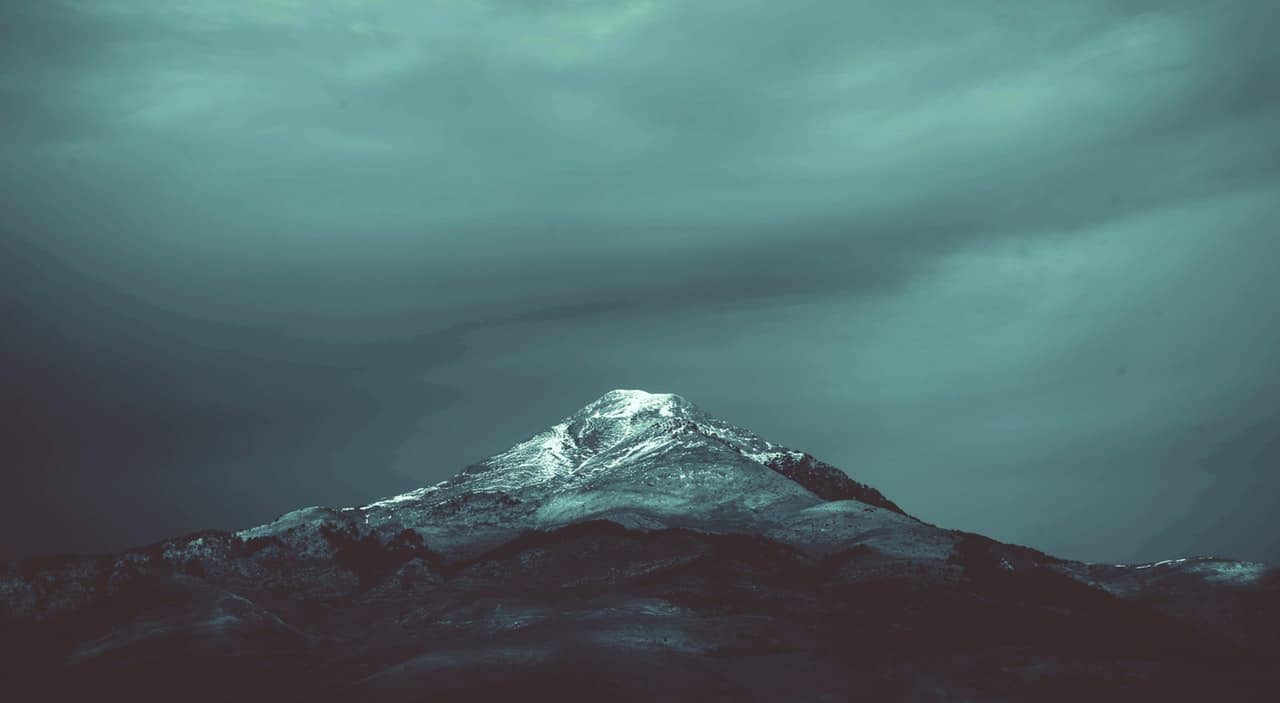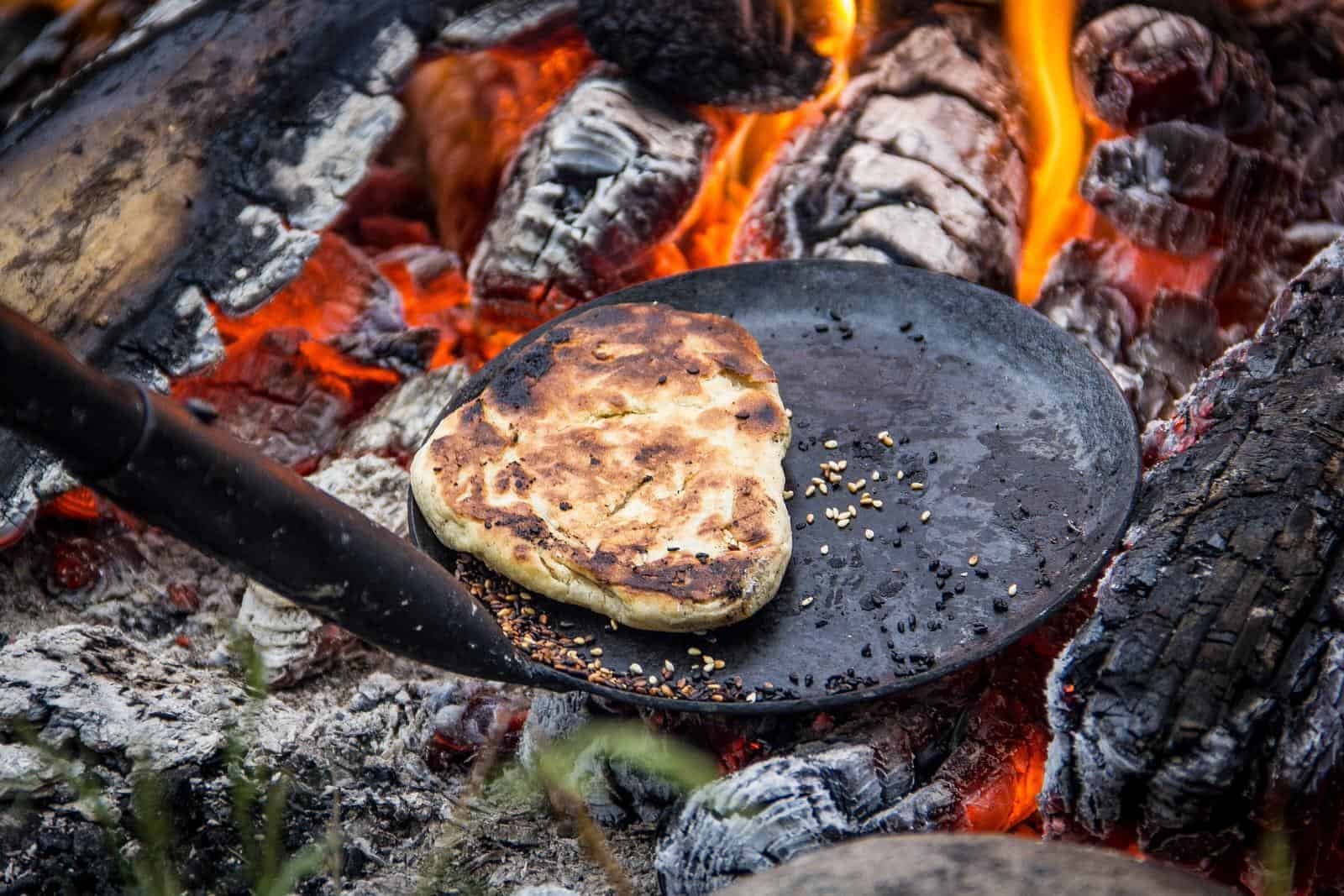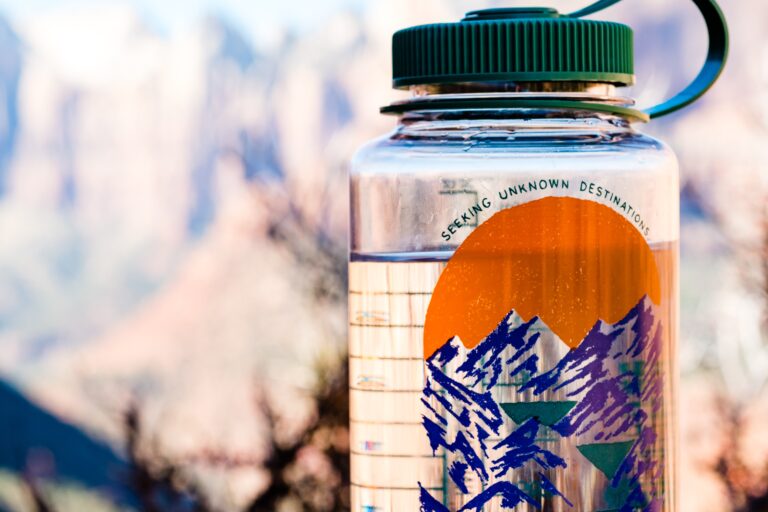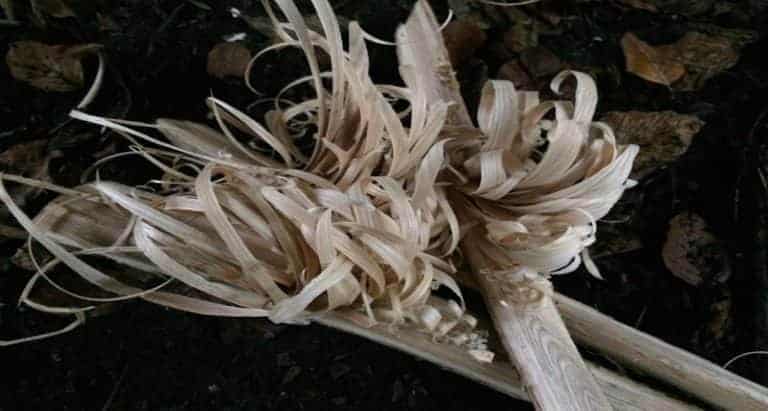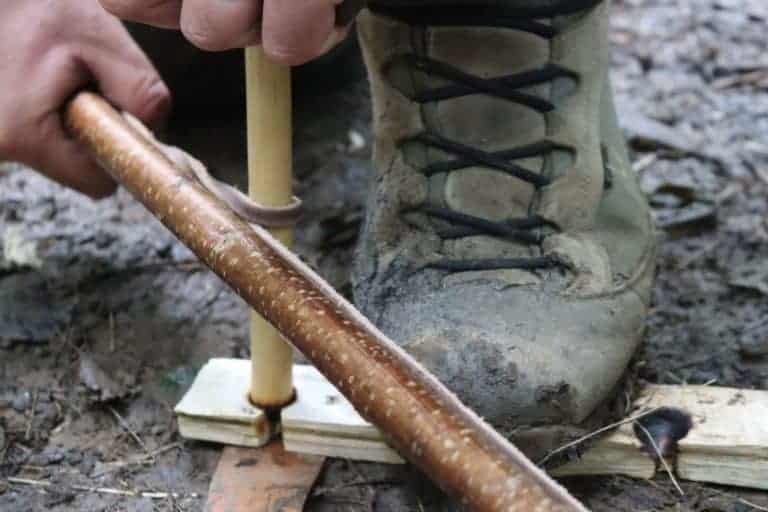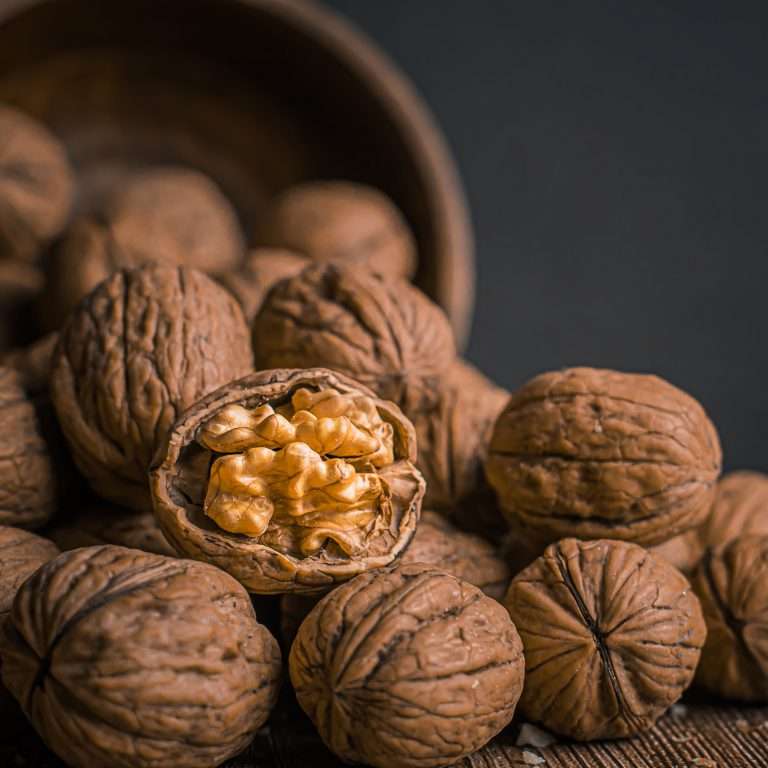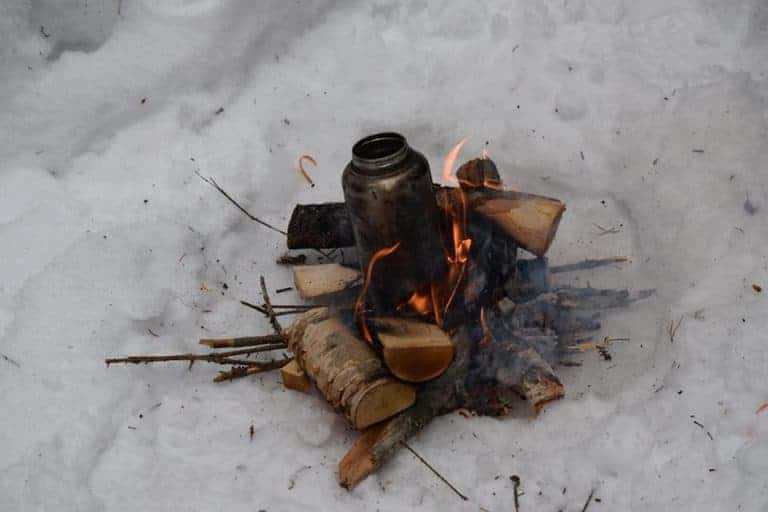Hypothermia – Signs and Prevention
Hypothermia
Hypothermia can be a killer out on the trail. It arises when the body’s core temperature drops too far below its normal temperature of 37 degrees.
In this blog post, we’re going to be looking at how to prevent hypothermia, what the signs of hypothermia are and what you can do when you’re out in the hills to keep your party safe.
As always, please feel free to read the entire blog or skip to the section that interests you the most.
- What exactly is hypothermia?
- Causes of hypothermia
- How to spot the signs and what you can do
- Preventing hypothermia when out on the trail
- Hypothermia – a recap
What exactly is hypothermia?
People have a core temperature of 37 degrees, which needs to be maintained in order to survive. Hypothermia is what happens when a person’s core temperature drops progressively causing, in the worst case scenario, unconsciousness, cardiac or respiratory failure or even death. Typically, in the UK, hypothermia is caused by a combination of the cold, wind chill and physical exhaustion.

Causes of hypothermia
The causes of hypothermia can broadly be divided into those that are environmental and those that are caused personal factors such as a lack of suitable clothing. Environmental factors include windchill and wet environments.
Windchill
Windchill can be the most dangerous at lower speeds, though high-speed winds should also be taken into consideration and treated with respect – particularly given that walking against high winds can often lead to physical exhaustion.
Wet and cold
The other consideration to look out for is the wet and cold. Walking in the hills or mountains requires a breathable outer-shell layer that will protect you from the elements while keeping you dry.
Poor clothing
Your clothing should be based on a layering system (as we looked at in our blog ‘Suntan lotion or raincoats – how to read the UK weather‘. With a base layer that wicks the sweat away from your body, a middle layer that keeps you insulated and an outer shell which protects you from the wind and the rain.
Physical exhaustion
Physical exhaustion means that not only is the body unable to find any further reserves of energy to go on, but even enough energy to maintain its core temperature.
How to spot the signs and what you can do
Keeping an eye out for the signs of hypothermia can help you to prevent it from developing further. By recognising the symptoms of mild hypothermia you can treat the casualty before the symptoms get worse and the casualty declines.
Categories of hypothermia
The International Commission for Alpine Rescue (ICAR) has outlined the following formula to categorise stages of hypothermia. These are as follows:
Stage I – Patient alert and shivering (core temperature of casualty around 35-32℃)
II – Patient drowsy and not shivering (core temp 32 -28℃)
III – Patient unconscious, but vital signs present (core temp 28 -24℃)
IV – Absent vital signs, apparent death (core temp 24-13℃)
V – Death.
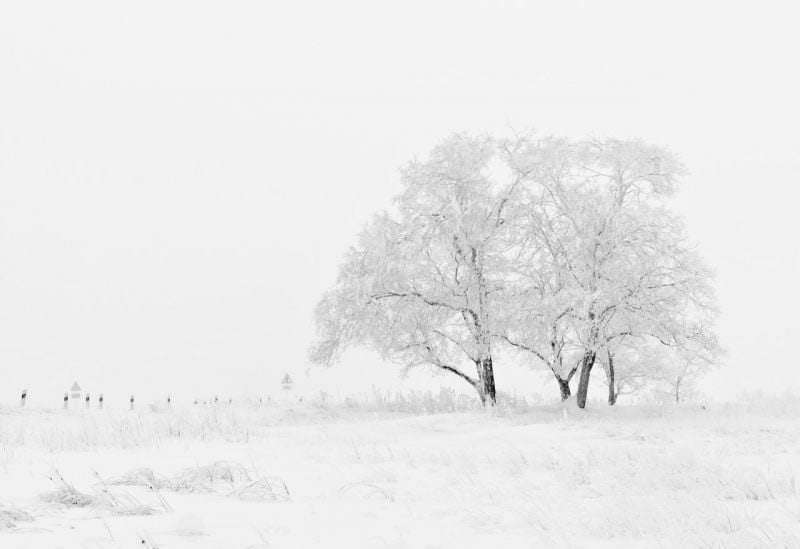
What can you do?
Treatment of hypothermia should begin with prevention. However, should the first sign present itself, then immediate treatment is paramount before the symptoms escalate.
Treatment of Stage I
Ensure that the casualty is moved out of the wind, rain, and cold. The casualty should then be given a hot and sugary drinks or food. Provided that there is no injury (aside from the signs presenting in stage I) then the casualty should be encouraged to exercise and, once warmed up, can continue their journey.
Stage II
The casualty in stage II needs to be treated very carefully as they could be suffering from life-threatening heartbeats in not handled gently. Provided that there is no possibility of spinal damage then the casualty should be placed in the recovery position and should be given hot food and drink if there is no risk of choking – evacuation to a hospital should be conducted as quickly as possible.
Stage III/IV
At this stage, the patient will have a reduced level of consciousness and could be on the verge of fatal dysrhythmia. Prevention of further heat loss is normally impossible at this stage. In stage IV it could be advisable to begin CPR, however, this must be continued until a hospital is reached.
Preventing hypothermia when out on the trail
Rather than finding yourself having to treat Stage II hypothermia, it is preferable to prevent Stage I hypothermia taking place in the first place.
Ensure that your wearing the correct clothing
Wearing the correct clothing is vital to preventing hypothermia. As we discussed at the start of this blog, when going out in the hills you should adopt a layering system of a base layer, mid layer, and outer or shell layer.
Take advantage of the layering system
The layering system traps warm air between each of the layers. Wear waterproof trousers and a hat to prevent heat loss through the head and legs. Wearing the correct clothing also means removing layers as you see fit. Overexertion will lead to sweating which can lead to a lowering of the body temperature. Avoiding sweating in cold temperatures should be a priority.
Check the forecast
It might sound obvious but check the weather forecast before you go out. Remember, deciding to wait until conditions have improved doesn’t mean that you’ve given up – more that you’re exercising judgment.
Eat well
Physical exhaustion, one of the key elements that can, out in the mountains, bring on hypothermia. The food that you’re consuming should replace the energy that you have expounded on your journey. When working out the amount of food that you will need you also need to take into account the distance that you’re covering, the conditions in which you’re covering it and the level of fitness of your party. A 20km walk, covering a thousand metres climb (in total across the walk) will expand about 6000 kilocalories.

Hypothermia – a recap
Always look at hypothermia with an eye on prevention. Make sure that your party is well dressed and carrying adequate food. If anyone in the party starts shivering then you should seek shelter from the elements and prepare a hot sweet drink and food if at all possible.

